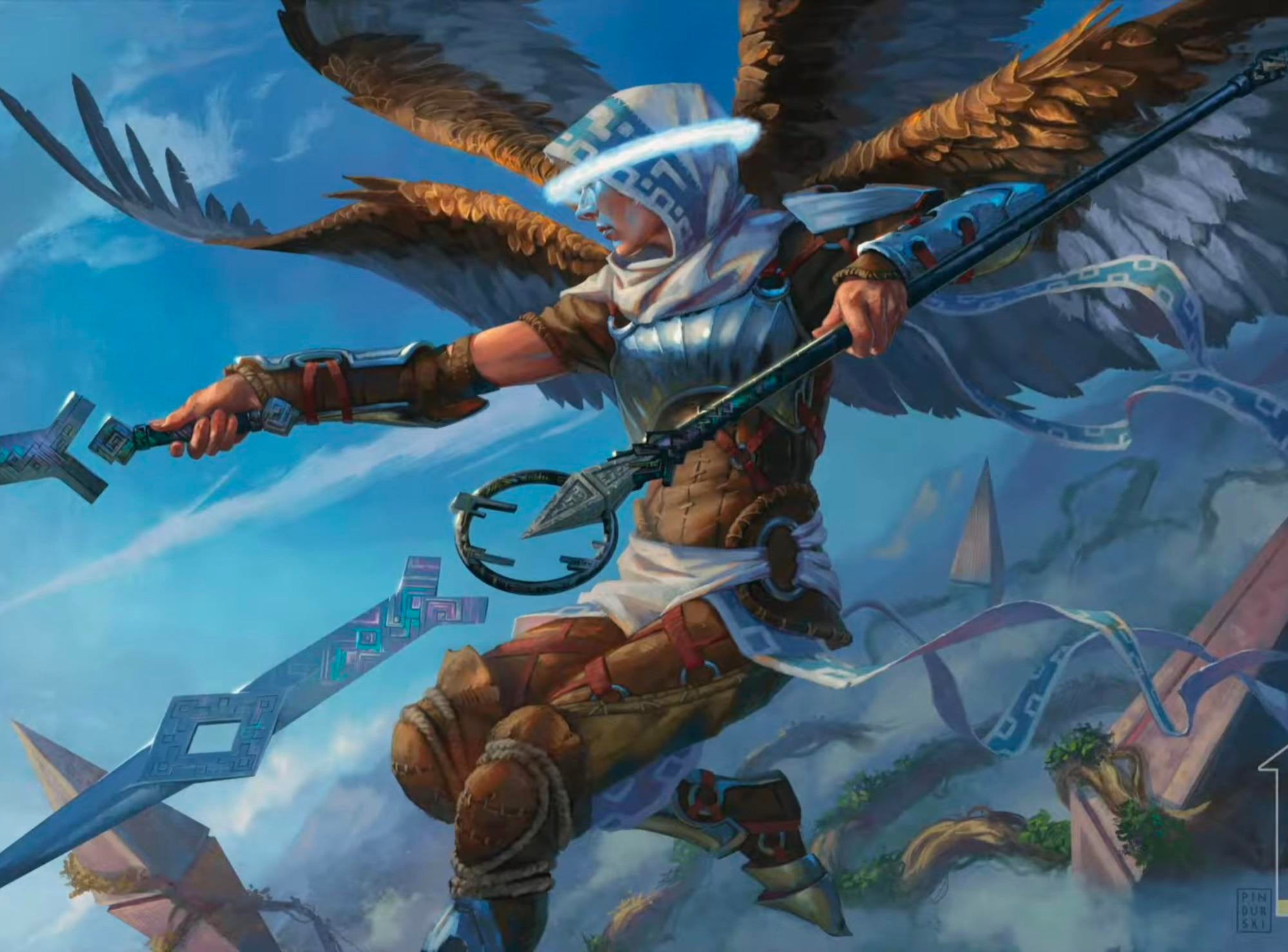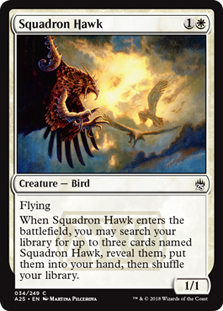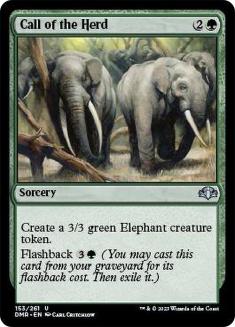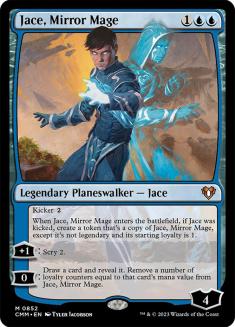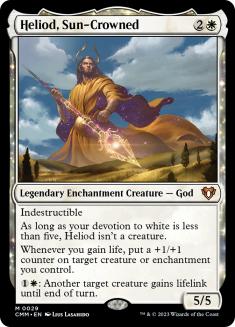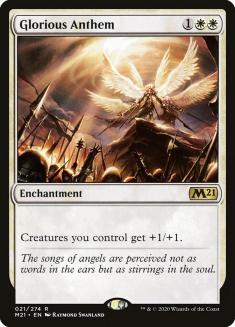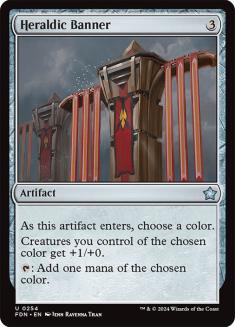We’re returning to Zendikar, this time to witness its rise. Maybe this is weird, but I’m really excited to get a chance to explore Zendikar without Eldrazi in the mix. They’re kind of greedy with the spotlight, and it’d be pretty hard to top devoid anyway.
In all seriousness, though, Zendikar‘s adventure vibe, blending elements of D&D, classic high adventure, and other relatable elements with so many awesome opportunities for flavor-driven design, makes this one of the most attractive worlds to explore, and the first wave of previews has definitely started things off on the right foot.

Legion Angel is awesome; and I swear I’ll explain why. First, a little on why I’m pumped for this set, and the sort of stuff it seems to be aspiring to (and why that’s so hard; but gosh I hope they kill it here). Oh yeah, and Legion Angel is a Warrior, so there’s a box checked for your party.
Which brings us to one of the aspects of the set I’m most excited to see if they can pull off. The adventure party stuff looks rad. Making people care about having a Wizard, a Warrior, a Rogue, and a Cleric is a pretty tall order, particularly without cheating and letting the same creature count as more than one.
What makes this mechanic so super-awesome?
Great question and the answer has a couple of levels. First of all, the implied depth of mechanical interactions nested inside of such an evocative top-down is fantastic. Just the mere existence of this mechanic makes it feel like I’ve got an adventure party I’m building from the first creature I cast that’s one of these four; and that’s the majority of creatures in this set, from the looks of things. Rather than needing to wait until a card comes down that talks about parties, it’s implied right from the gate and that’s immersive and cool.
Second, the incentives sound pretty great. It’s definitely evocative, playing a “Goblin deck” or an “Elf deck,” particularly when they have their own feel, their own tone. One of the weaknesses of asking people to care about two, three, or even four different types is how much less immersive it usually is. This mechanic, however, manages to assemble a story and a feel that, while less easily immersive, is actually quite strong, while also presenting very new puzzles and experiences, along with really good incentives around variety in deckbuilding and gameplay.
Tribal decks can be great, but the variety of options possible for assembling four different tribal decks is generally not going to be as great as the possibility of assembling countless different combinations of Wizards, Warriors, Rogues, and Clerics. Encouraging people to play a variety of different types of cards makes games more replayable; and with how many more games are getting played online, it’s awesome to see them already coming with mechanics that tap into this more.
Besides, the experience of choosing who I want to recruit for my adventure party is just so fun to think about. It kind of makes me feel like I’m a kid again, if that makes sense. Like the mutate mechanic, this one seems super-fun to think about, and while the mutate mechanic was immediately overshadowed by the companion mechanic, so far there hasn’t been anything stealing the show from the adventure vibe. I wish Ikoria was about mutate, and I hope Zendikar is about adventure parties.
Okay, that all sounds fine and dandy; but what makes this such a tall order to pull off?
Getting people to care about four different types is deceptively high in complexity, and besides, it’s not like the line between Warrior, Soldier, and Knight is always the clearest. Perhaps even more daunting is the prospect of balancing all the competing incentives in a way that has the party stuff “strong enough to show up and be a major part of the format,” while at the same time avoiding a few perils.
- Making everyone care about the same four types has a powerful risk of blurring everything together, particularly if you’ve balanced the game around a real power level disparity at the top. If one or more of the jobs are consistently held by the same three creatures, that really gets old.
- Balancing this kind of a system is more than twice as difficult as balancing a metagame usually is (unless you just take the plea bargain and make the cards weak enough that they aren’t an issue, which would be sad). It’s so much more difficult because of the number of the contextual values of cards and interactions varying because of other factors varying, and so on, much more recursively than when you have mechanics that care about the thing, and stuff flows from that. If a strategy turns out better than expected, it will lead people to play different mixes of interaction, different types of threats. This in turn can lead to Card A and Card B getting hated out of the format, and if they were both Rogues that were being counted on to be good, maybe the entire mechanic falls with nobody wanting to play Rogues.
Anyway, mutate was complex too, and it turned out dope.
Legion Angel is a powerful Squadron Hawk variant with fascinating deckbuilding implications. After all, how many copies are you supposed to play maindeck?
Two.
What? No, well, actually, kind of yes, but that’s not much of the picture. There’s plenty of reason to play other numbers, and are you even sure that two is better than one?
Let’s take a step back for a second. For starters, let’s assume you’ve got four Legion Angels in your 75. Playing only three wouldn’t be as weird as, say, playing only two Aether Bursts, but you probably should start with the assumption that four is right, and iterate from there.
Looking at the combinations:
Four Legion Angels maindeck. Then you’re just playing four-mana 4/3 flyers, which, while not the worst ever, are well below rate for what’s poppin’ in Standard these days.
Three Legion Angels maindeck. Now we’re getting somewhere! The second Legion Angel you draw is way worse than the first, and three is a classic number for cards you’re into drawing frequently but not super into drawing in multiples. With a copy in your sideboard, you’ve got three cards in your deck that are effectively 4/3 flyers that draw you a 4/3 flyer. The first one you draw is kind of a flashback card, and not a particularly bad rate or anything either.
The problem with three copies, however, is that if you ever draw a second one, it’s pretty bad. Maybe it wouldn’t matter so much if you had plenty of ways to loot away cards you don’t need.
Two Legion Angels maindeck. The dream. Now we’ve got pretty decent odds of drawing one, and if we’re not reliant on it, then it’s not that big a deal if we don’t draw one. However, when we do, it’s obviously a three-for-one, but these are pretty respectable threats, each.
- Would you play a 1WW 4/3 flyer? That sounds awesome to me.
- Would you play a 2WW 4/3 flyer that draws a card? At the very least that sounds comparable to Elite High Guard.
- Would you play a two-cost draw-two? That would be amazing, of course.
Legion Angel is kind of a 2WW 4/3 flyer that draws a card, and that card is a five-cost draw-two, and both of those cards are 1WW 4/3 flyers. We’re kind of hand-waving the marginal utility of a 4/3 flyer on Turn 3 being so different from on Turn 6, as well as the diminishing returns of the third 4/3 flyer you cast in a row, but just on raw rate, we’re talking about a good deal.
One Legion Angel maindeck. This is actually an extremely attractive option to me, too. It’s not just the possibility of a fourth Angel off one card (though that’ll obviously matter some of the time). There are so many other great fours we can play too. If we’re okay with drawing Legion Angel a lot less often than we would if we had a second copy, we do get to make it even better, while also avoiding ever drawing multiples. I could easily imagine it being right to play one maindeck and only two in the sideboard; however, I’d still definitely prefer to start with four in the 75 (or 95), as the sideboarding potential is actually excellent if you have the full playset.
Take for instance, the following list:
Creatures (2)
Planeswalkers (4)
Lands (25)
Spells (29)

One Legion Angel adds a powerful victory condition that lines up differently against the field than Dream Trawler. However, with three more in the sideboard, we’ve got several options at our disposal. We can sideboard one more in, in order to let us more aggressively attack planeswalkers. We can sideboard two more in if we’re in time trouble and need to win two games quickly.
What about zero?
Actually, great point. Kind of a corollary, but you can also just play zero maindeck, with four in the sideboard. If you’re playing a deck trying to blank people’s removal (the above list uses Shark Typhoon and Brazen Borrower, anyway), you might not want any targets maindeck. Then, when you go to transform, you sideboard in one, two, or three copies, depending on the matchup.
There’s a new Jace; and after an extended timeout from top-tier play, this one looks good. It’s no Teferi, Time Raveler (thank Bolas); but I’m into it. A detailed examination of the card can be found in Shaheen Soorani’s most recent article.
Legion Angel being just a big body could make it an attractive option for some kind of a monsters deck that just throws threat after threat at you…
Creatures (32)
- 4 Scavenging Ooze
- 4 Gilded Goose
- 4 Questing Beast
- 2 Wildborn Preserver
- 4 Stonecoil Serpent
- 4 Bronzehide Lion
- 4 Gemrazer
- 2 Elder Gargaroth
- 2 Garruk's Harbinger
- 2 Legion Angel
Lands (24)
Spells (4)

Another possible use for Legion Angel is as a source of white devotion.
A single Legion Angel is easily able to get Heliod the kind of devotion he needs to feel good about himself, and it’s not like 4/3 flyers are the worst to give lifelink to or to put +1/+1 counters on.
Creatures (28)
- 4 Daxos, Blessed by the Sun
- 3 Heliod, Sun-Crowned
- 4 Archon of Sun's Grace
- 4 Alseid of Life's Bounty
- 4 Seasoned Hallowblade
- 4 Selfless Savior
- 2 Legion Angel
- 3 Skyclave Apparition
Lands (23)
Spells (9)

In addition to being a great source of devotion, Legion Angel is also generally just good with Anthems.
It might seem like overkill, but a 5/4 flyer is a lot better than a 4/3 flyer, and a Legion Angel chain really makes you appreciate the extra mana from Heraldic Banner.
There is a lot of competition at the four-slot, but Legion Angel is much less demanding of your maindeck than most, and if you play one or two copies, you might find yourself having the Companion experience enough to keep your interest.
Bonus Decklist (but don’t tell anybody where you got this from):
Planeswalkers (5)
Lands (26)
Spells (29)


